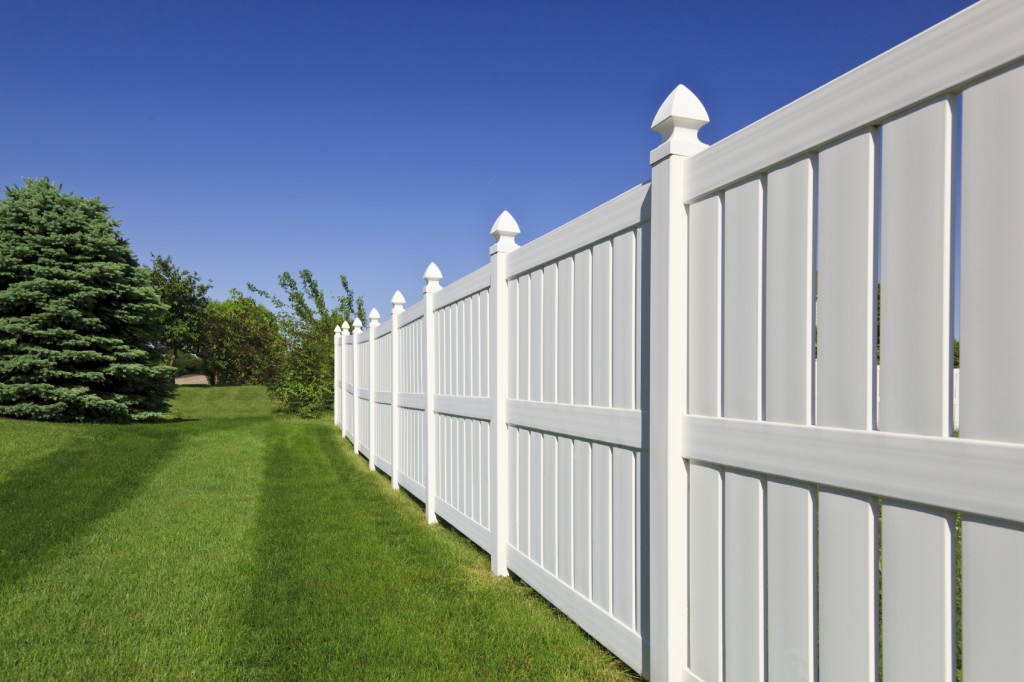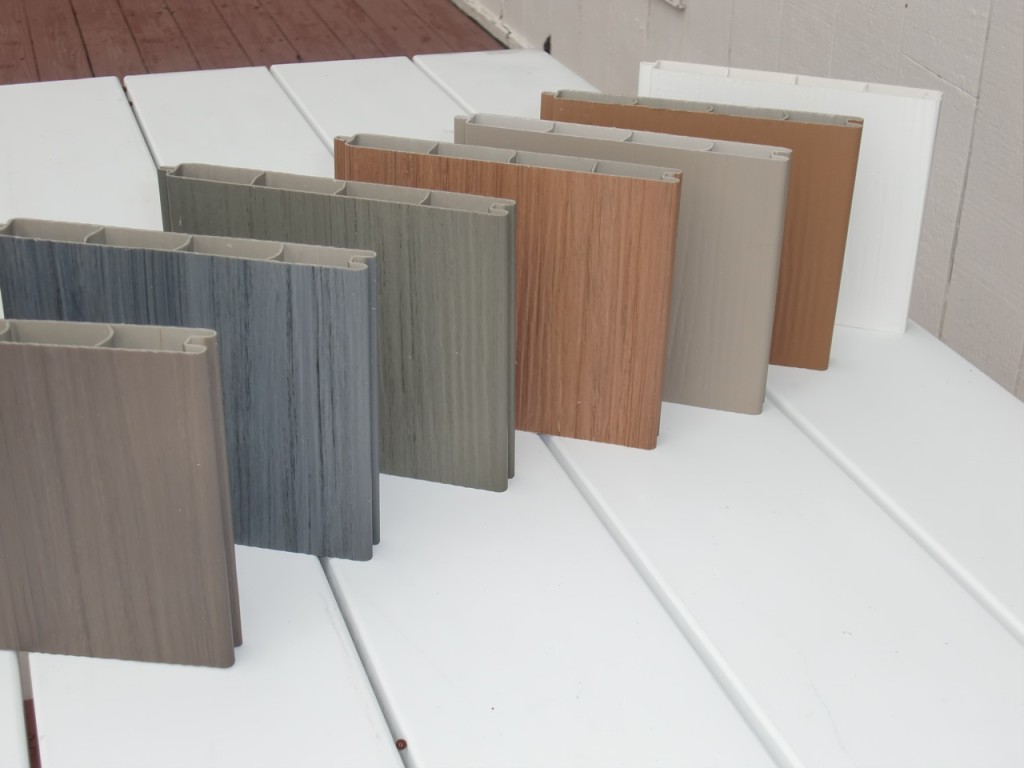In the past 40 years, polyvinyl chloride plastic (PVC) has become a major building material. Global vinyl production now totals more than 30 million tons per year, the majority of which is directed to building applications, electronics, and furnishings. PVC is a synthetic plastic material. It is light-weight, malleable, durable and less likely to corrode. PVC is also fire-resistant as they are self-extinguishing. Therefore PVC fences are maintenance-free; cleaning just take a water and a hose, no chemical needed. The nonporous surface cleans easily and resists stains. It stays cooler than other material in the summer sun and is weather resistant all year long. They are perfect for the hot Ottawa weather and also the chilly winter. As with most PVC products, polyvinyl will become less flexible in colder weather. However, polyvinyl products are designed to accommodate normal temperature swings. The impact inhibitors used to prevent breaking also help the products withstand cold weather conditions. Under normal fence and impact conditions, the fence will perform well. Vinyl fencing can break if subject to a direct impact (e.g. an automobile running into a fence line). Under normal use, the fence will not break when installed properly. Polyvinyl boards, pickets, and rails are easily replaced if damaged. They also don’t change colour as it is non-porous and will not absorb moisture. Though PVC is durable, you will likely to want to have warranties on it. It is very important to look for a strong warranty and independent testing of the manufacturers product. Different polyvinyl product manufacturers provide a wide range of warranties. Find out some of the warranties we offer.
Manufacturers mix PVC resin with ultraviolet inhibitors, toners and stabilizers to form vinyl fence panels that are malleable. When the panels dry, they become rigid and resilient. The process allows vinyl fencing to be made in many styles and sizes with fence caps and decorative tops. Numerous styles of vinyl fencing are available for any application. A PVC fence works well to define or divide garden areas while allowing a view into those areas. Privacy and semi-privacy fences are solid on the bottom to keep neighbors from seeing into private locations. Semi-privacy vinyl fences usually have an opening or semi-opening, such as lattice, above the solid area. Ranch-rail fencing is a good choice for large areas; it provides large openings between its horizontal rails. Providing maximum privacy and minimal maintenance, wide variety of vinyl fence systems complement virtually any architectural style, from historical to contemporary.
Most problems with vinyl fences, however, can be minimized by doing extensive manufacturer-specific product research. The higher the quality of the vinyl, the more likely it will perform well in many environments. Most landscape architects, and others responsible for specifying products for fencing projects, are familiar with ASTM International’s nine testing methods designed to rate the quality of vinyl. Each demonstrates how well a particular company’s vinyl product performs when put in contact with threatening outside forces.
Vinyl used to make fencing systems must also comply with appropriate local, regional, and national codes. Since fences are used in various ways, there is no national standard applying to all fencing applications, except in the case of fences built around swimming pools. When weighing all the pros and cons of a particular fence intended for a renovation project, one should not forget to consider its installation needs. A well-designed fence that is easy to assemble will improve any landscaping rejuvenation project by minimizing unforeseen problems during installation. Polyvinyl fence is environmentally friendly and does not pollute the air, water, or ground. It does not require the harvesting of our precious forests.


